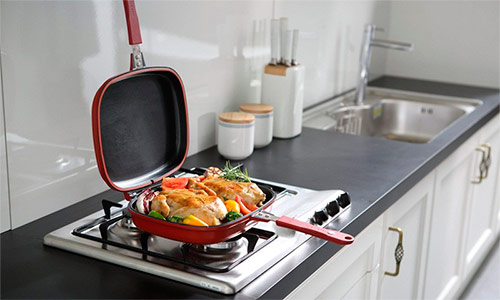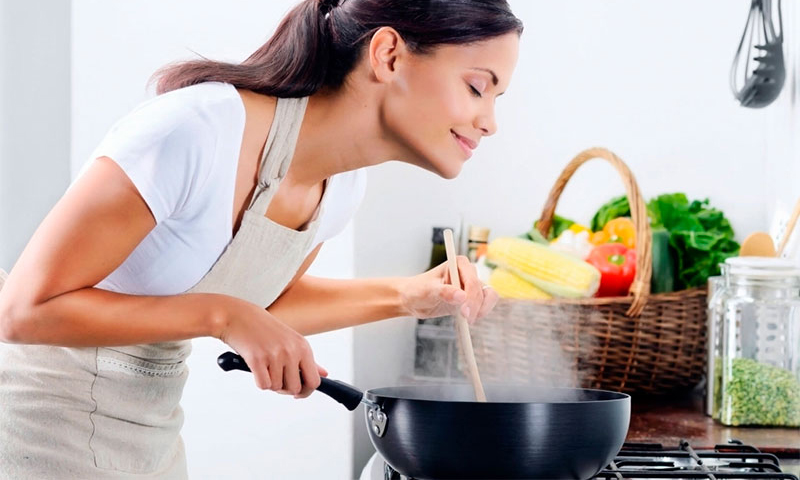Those who are not indifferent to Eastern dishes, sooner or later think about the issue of purchasing a cauldron. Without it, it is almost impossible to make a classic lagman, plov or shurpa. Such dishes will be an excellent option for people who like to conduct cooking sessions outdoors, using a fire. It would seem that there is nothing easier than to go to the nearest store and choose the appropriate dishes for the appearance and price. But in fact, everything is much more complicated, because the products that are perfect in mildness and saturated with spices and broth arose only in a cauldron, which is as close as possible to what is commonly used in Tajikistan, Turkmenistan, Uzbekistan and other countries. Our material will reveal to you all the subtleties and nuances of choosing a real cauldron.
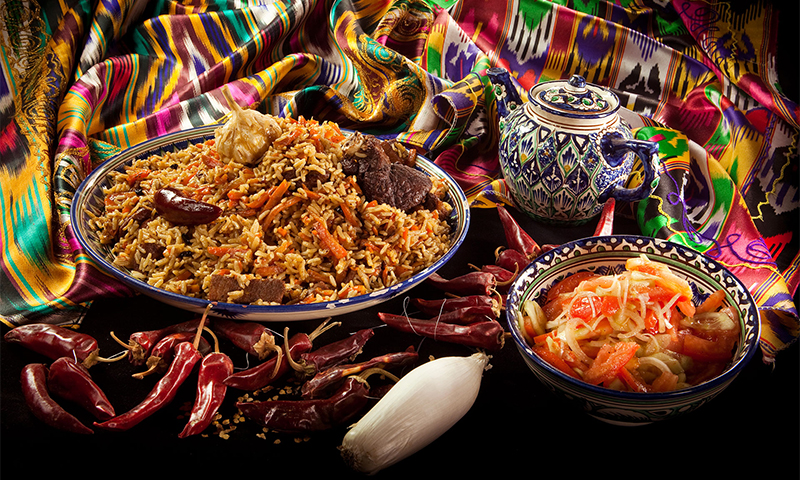
Content:
The best manufacturers of cauldrons - which company to choose
Most manufacturers who sell dishes, have a variety of cauldrons in stock. They are made of different materials, differ in shape, and therefore, prepare food in completely different ways.
In the domestic market there are both very well-known companies and familiar brands only to a narrow circle of consumers. We want to note that when choosing a cauldron brand promotion does not play a decisive role, however, as the price.
The best models are often made in the countries of Central Asia. In Russia, you can also purchase inexpensive and high-quality products from North Caucasian and Tatar manufacturers.
We offer a list of some companies producing excellent cauldrons:
- Tundra Grill;
- Kukmara;
- Kama dishes;
- Forester;
- Mayer & Boch.
On sale you can often find similar dishes made in China. We do not recommend purchasing it, as judging by the numerous reviews, it does not differ in acceptable quality. Most of the important requirements for a cauldron are not met, so this utensil will suit more for cooking dishes from other countries.
If you are in search of a specific model, then go to our ranking of the best cauldrons.
The principle of operation and the device cauldron
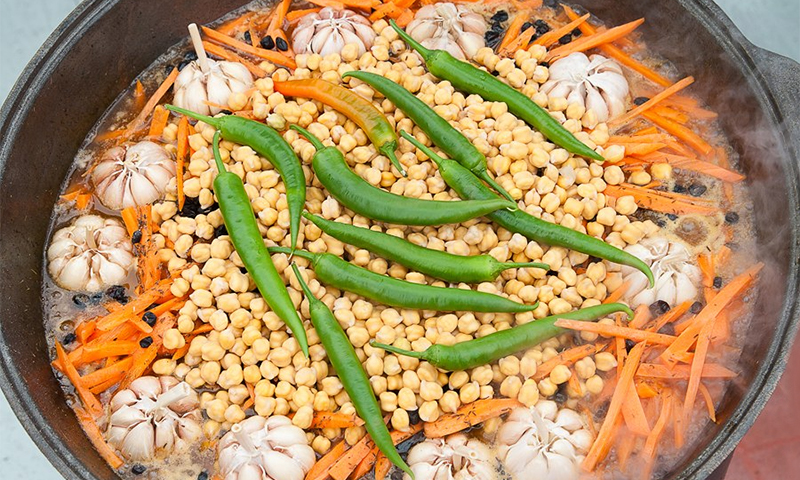
A cauldron is a metal boiler that has a sloping bottom. Traditionally used for the preparation of Central Asian dishes. Installed cauldron on special tripods or in the oven. Cooking stoves with chimneys are stationary or portable.
The lid must be attached to the cauldron, which should fit snugly, leaving no gaps for steam. It is made of the same material as the cauldron or from wooden boards. Sometimes products equip the integral handle that with its help it was possible to suspend a cauldron over a fire.
Hemispherical shape cauldron conceived intentionally. From above it has the widest diameter, more and more narrowing downwards. When the dishes are lowered directly into the hearth, not only the bottom itself is heated by the flame, but also the rounded sides.
Inside the products get warm much faster, stay hot for a long time, thereby saving fuel. The abundant formation of steam allows the contents not to fry, but to languish slowly, so that the food is soft, crumbly and fragrant.
During cooking, all the spices have time to soak the food, and this is another feature of the traditional cauldron.
Types of cauldrons
Cast iron
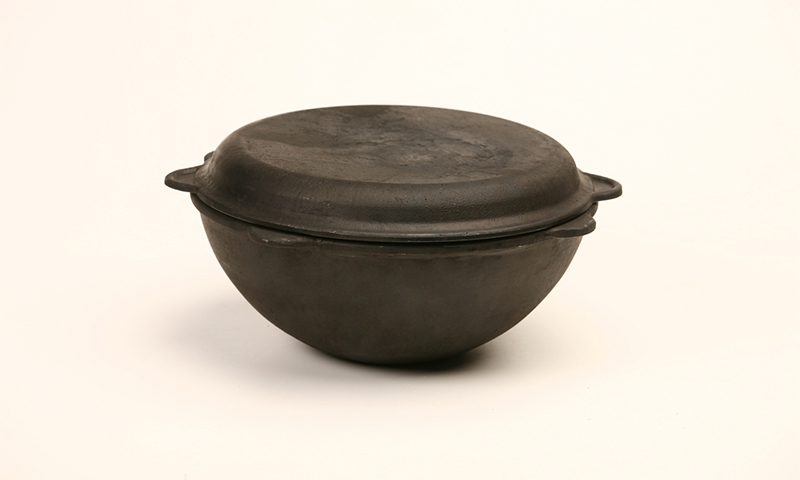
Cast iron cauldrons are the most popular, as they meet all the necessary requirements. This metal heats up gradually, evenly distributing heat, and holding it for a long time even after the dishes are removed from the heat.
The thick walls of the tank and the robust lid, which prevents the steam from escaping, also contribute to heat preservation. In such a cauldron food is really languishing, not fried. In cast iron models, cooking time is increased, but this is a plus, since the recipe of most traditional dishes involves a long process.
It is believed that the older the cauldron, the tastier it turns out the food. This is due to the formation of the thinnest indelible film, which appears over time, when all the tiniest pores of cast iron are gradually filled with fat.
Thanks to this film, the products do not stick to the surface. Such a natural non-stick coating is almost impossible to damage.
Advantages:
- durable;
- lasting;
- slow cools down.
Disadvantages:
- heavy;
- may rust;
- not very elegant appearance.
Aluminum
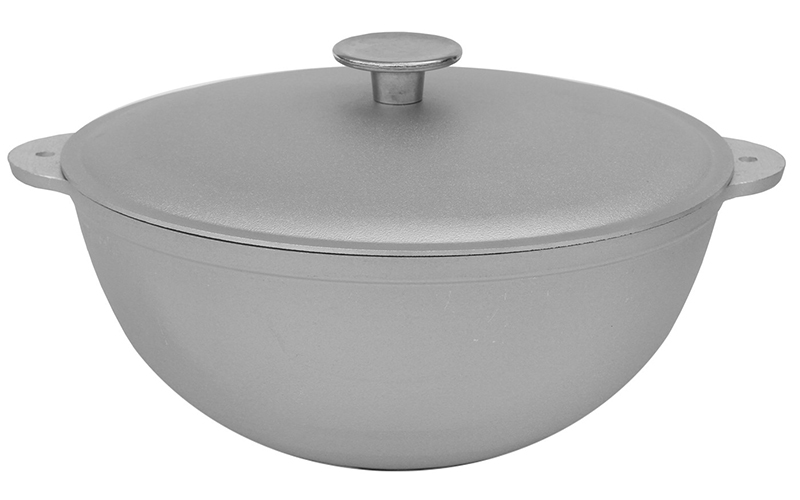
Aluminum cauldrons are popular mainly among those who often go hiking. Models of such a metal weigh significantly less compared to cast iron, which means it is much easier and more convenient to transport them.
It is best to buy an alloy with some additives, for example, manganese, copper, iron. Since aluminum is quite fragile, it is easy to damage and bend it, then it loses its desired shape, which has a bad effect on the cooking process.
Heating the contents of the dishes is very fast, however, like cooling, and this is absolutely not suitable for Oriental dishes. To achieve languor, as in the pig-iron, in this case is not possible.
Experts advise against storing food inside an aluminum cauldron for a long time, it is better to shift it to another container so that the oxidation process does not start. In the care of such packaging is demanding, because the protective film can be easily damaged when cleaning with rough brushes or brushes.
If you decide to buy an aluminum model, then be sure to choose the one where the wall thickness is at least one centimeter.
Advantages:
- lightweight;
- cheaper than cast iron.
Disadvantages:
- bends easily;
- heats up quickly and cools down;
- may oxidize products.
Copper

Copper cauldrons in modern kitchen are becoming increasingly rare. All material compounds are toxic and corrosive. Copper utensils must be cleaned often and thoroughly, which is time consuming and costly.
Copper has a reddish tint, characteristic of this metal. It warms up faster, but cools down, like aluminum, in a very short time. The inability to keep the heat for a long time will be a significant disadvantage for most dishes that are usually cooked in a cauldron.
The walls of a copper cauldron are usually thin, only the bottom is slightly compacted, but the food warms up almost to the very top. Well protomit content in this model does not always work. Despite all the shortcomings, such dishes are still in use among Uzbeks and Azerbaijanis.
Advantages:
- weighs little;
- heats the food to the top.
Disadvantages:
- subject to corrosion;
- needs frequent cleaning;
- does not retain heat;
- has thin walls.
Steel with enamel or teflon coating
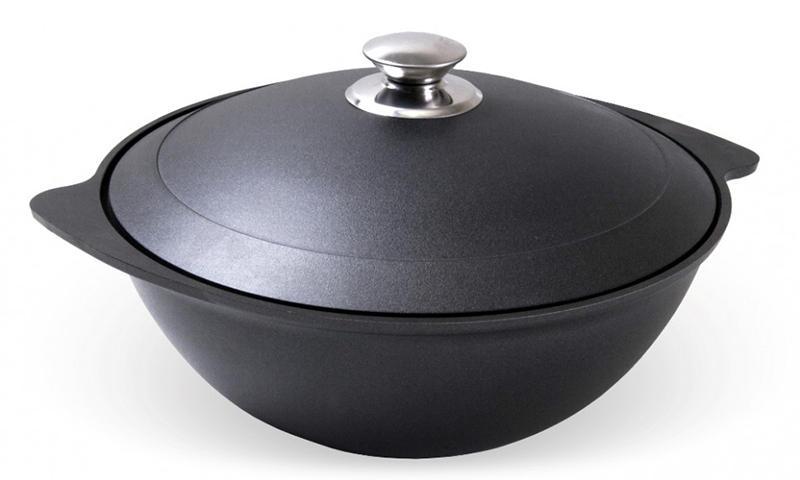
By its properties, steel is very close to cast iron. But any coating, whether enamel or Teflon, will not withstand excessive heat, starting to crack and peel. It does not just damage the quality of cooking, but can harm health, if the pieces get into the food, and then into the human body.
At the same time frequent stirring, so necessary when cooking most oriental dishes, can also spoil any of these coatings. True, European nations most often, especially for the home, choose precisely this kind of cauldron.
Models are often made with insufficiently thick walls, which is why heat does not keep as much time as necessary.
Advantages:
- non-stick properties.
Disadvantages:
- big weight;
- fragility of coverage;
- the appearance of rust on damaged areas;
- due to good thermal conductivity no steam is formed.
Cauldron selection parameters

The form
1. Hemispherical
Traditional cauldrons have only a hemispherical shape, where there is a rounded bottom. Due to this, the boiler heats up not only in the bottom area, but also in the walls, which allows to evenly heat the contents. Such models are used on an open fire using special tripods or stoves.
2. Flat bottom
Since hemispherical cauldrons cannot be installed on the stove, specimens with a straightened bottom were invented. Such products are very easy to install on any hot plate. Some models resemble pots, having a hemispherical shape with a slight compaction at the bottom.
Volume
The volume is indicated on each product. It usually ranges from two to twenty liters. However, remember that we mean the maximum value, and not useful, since you are unlikely to fill the cauldron to the very edges.
To navigate and calculate the required volume for you, rely on the number of people you plan to cook on.
1. For a small company of two or three people, five liters will suffice,
2. Five to six people will need at least eight,
3. For a large family of ten, you will need to buy the largest cauldron for fifteen or twenty liters.
Wall thickness
Regardless of which cauldron you decide to purchase, be sure to pay attention to the thickness of the walls. Ideally, they should not be thinner than three to five mm., But a little more and less options are allowed.
Remember that the thicker the material on the walls, the better the cauldron accumulates and retains heat, at the right moment giving it to the preparing products.
The uniformity of warming up the contents also directly depends on this parameter. During the selection, also pay attention to the inner surface of the walls - there should be no chipping, irregularities, flows and depressions.
Which cauldron to choose

1. For traditional oriental dishes there is no better option than a cast-iron cauldron. Especially if cooking will be done on an open fire.
2. Cooking on a home stove allows you to select models of aluminum, copper and steel with any non-stick coating.
3. For travelers and tourists we recommend only cauldrons made of aluminum, since they weigh several times less than cast-iron ones.
4. For a small company suitable cauldron for five to eight liters.
5. For gatherings in a wide circle of friends and acquaintances, it is better to buy a model with a volume of at least fifteen liters.
6. The walls of any cauldron should not be thinner than one centimeter.
How much is a kazan
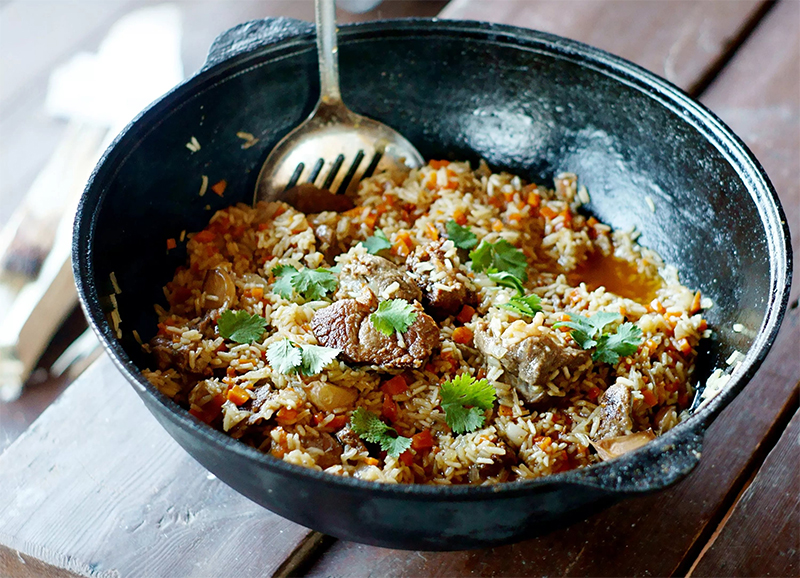
1. The most expensive are copper cauldrons. For an average-sized model, you will need to pay about 5-7 thousand rubles.
2. Aluminum products are much cheaper. Their price ranges from 1,500 to 3 thousand rubles.
3. Cauldrons made of cast iron are usually inexpensive, 2-4 thousand rubles, but the largest models with a special external coating can reach 10 thousand rubles apiece.
4. Steel cauldrons with teflon or ceramic coating on average cost from 1,500 to 6 thousand rubles. Price depends on the brand, volume and configuration.
It will be interesting to friends too



